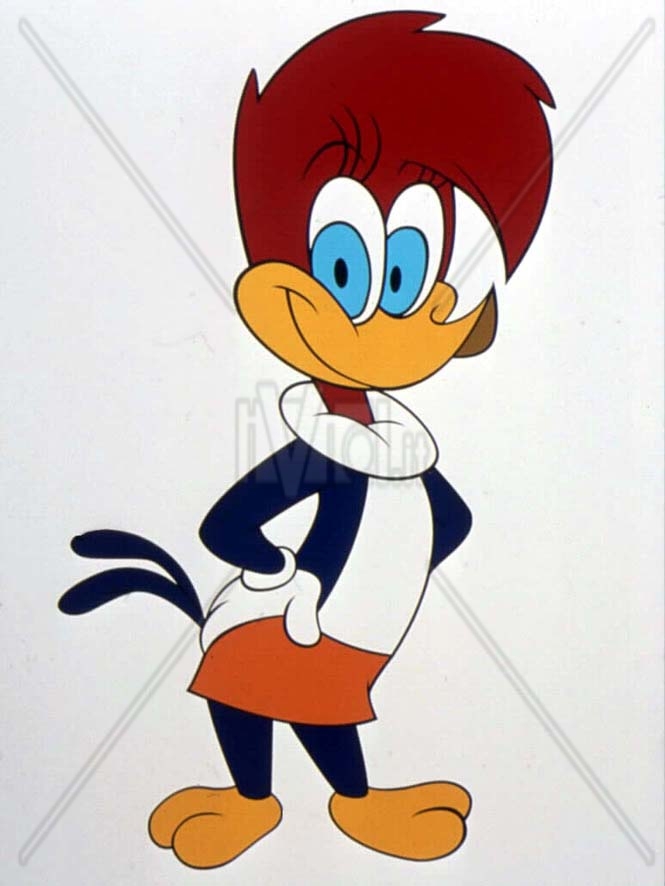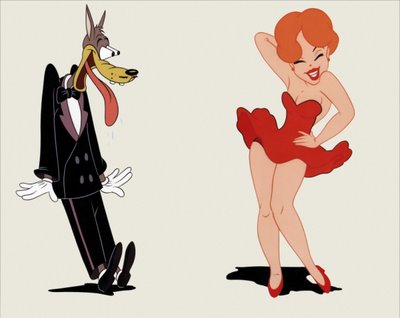Pepe Le Pew is a fictional character in the Warner Bros. Looney Tunes and Merrie Melodies series of cartoons, first introduced in 1945. The French skunk that always strolls around in Paris in the springtime, when everyone's thoughts are of "love", Pepe is constantly seeking "l'amour" of his own. However, he has two huge turnoffs to any prospective mates: his malodorous scent, and his refusal to take no for an answer, blissfully convinced that the girl is flirting with him, even when she rejects his advances to the point of physically assaulting him. Pepe is stereotypically French in the way Speedy Gonzales is stereotypically Mexican. Pepe Le Pew storylines typically involve Pepe in pursuit of what appears to be a female skunk for which he calls, "la belle femme skunk fatale". But usually, the female skunk is actually a black cat (retroactively named Penelope Pussycat) who has a white stripe painted down her back, often by accident. Usually Penelope runs away from him anyway because of his putrid odor or because of his overly assetive manner. As Penelope frantically races to get away from Pepe, he hops after her at a leisurely pace.
Pepe le Pew's voice was provided by Mel Blanc who played Bugs Bunny, Daffy Duck, Porky Pig, Speedy Gonzales, Sylvester, Tweety Bird, Foghorn Leghorn, Beaky Buzzard, Sam Sheepdog, Barnyard Dawg, Yosemite Sam, Taz Devil, and Marvin the Martian.














